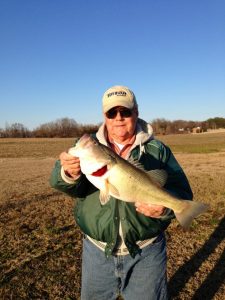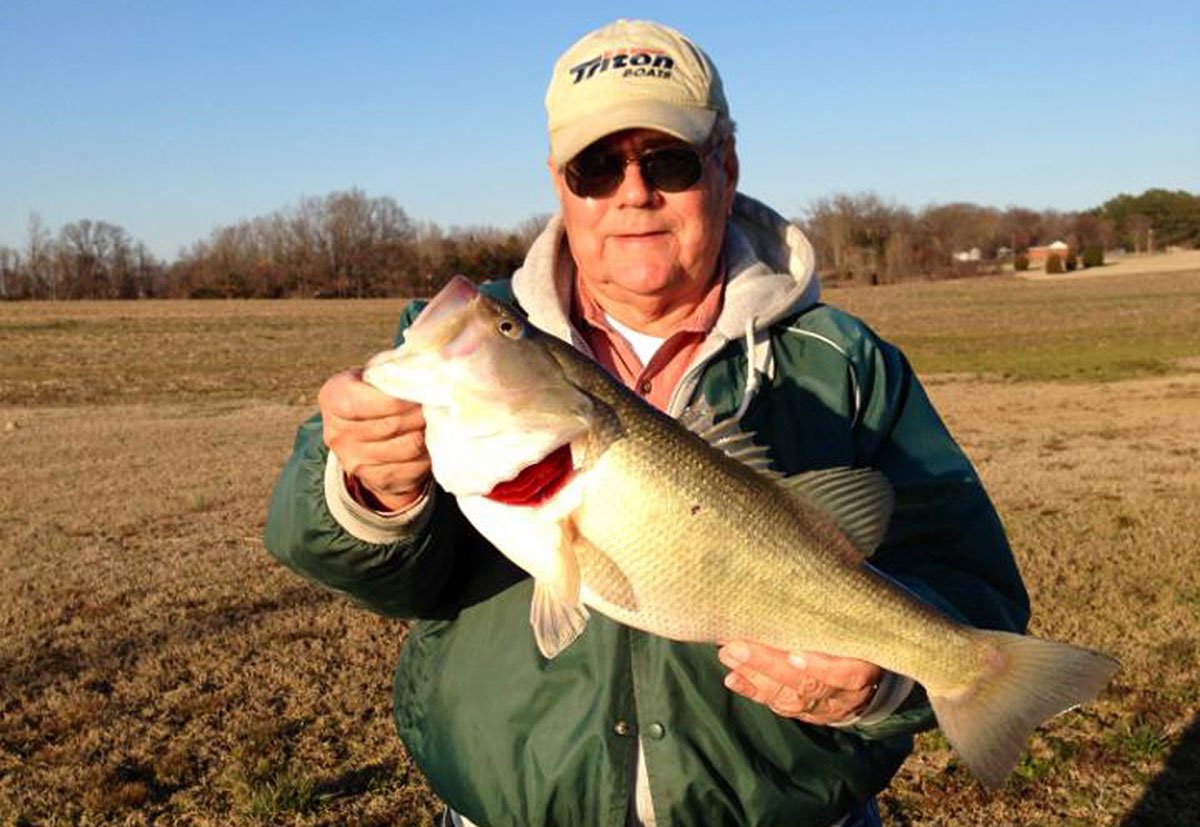By Jose Sills
Si, I habla Espanol, un poquito. My Spanish class in high school proved very valuable while in Mexico City several years ago. The only Norte Americano in the group that knew any Spanish was I; helped me save several of my companions a great deal of dinero. Instead of paying ten dollars for a dollar shoeshine, they paid the real price. But, that’s not the point. The familiar saying of “Mi Casa, es su Casa” means a cordial, “My house is your house” . The title of this article is an attempt to bring attention to the need for sharing your pond with trusted friends as ponds tend to get overstocked rapidly.
 Harvesting appropriate numbers of fish, particularly bass and crappie, results in larger size and healthier populations. How many of us, after gaining proper permission, have visited a farm pond only to find dozens of undersized bass and small, paper thin crappie? Curiously, the bream in these crowded waters are generally huge. Understandably, landowners are skeptical of allowing outsiders on to their property for a number of reasons. Liability can be one factor and can be resolved with a written letter of permission. In many cases, bad experiences of the past can be another. When I was a kid, all the lakes and ponds within walking or biking distance were easily accessible. Everyone in our district knew everyone else, only rule was, if a gate was open, leave it open, If it was shut, shut it behind you. If you forgot to shut the gate and the cows got out, it was big trouble and everyone knew about that, too. That would be the end of fishing in the whole neighborhood.
Harvesting appropriate numbers of fish, particularly bass and crappie, results in larger size and healthier populations. How many of us, after gaining proper permission, have visited a farm pond only to find dozens of undersized bass and small, paper thin crappie? Curiously, the bream in these crowded waters are generally huge. Understandably, landowners are skeptical of allowing outsiders on to their property for a number of reasons. Liability can be one factor and can be resolved with a written letter of permission. In many cases, bad experiences of the past can be another. When I was a kid, all the lakes and ponds within walking or biking distance were easily accessible. Everyone in our district knew everyone else, only rule was, if a gate was open, leave it open, If it was shut, shut it behind you. If you forgot to shut the gate and the cows got out, it was big trouble and everyone knew about that, too. That would be the end of fishing in the whole neighborhood.
Ok, so you obtained permission to fish this beautiful little, pie-shaped, farm pond you’ve had your eye on for years. At first light, you should give it a good eye. Do you see action around the shore? Swirls, minnows jumping, fish busting them? Yep. All this is going on. Above all, be stealthy in your approach, step softly, Indian style so as not to spook any nearby. Your vibrations can be felt yards for yards. Maybe even crouch and be glad you put on a camo shirt, not that white T-shirt. Cast out from your target, not at it or over it. I have made the mistake of casting over a cruising bass in the shallows and watch them scoot away, spooked by the lure’s shadow. Use smaller lures than you would on a large reservoir.
Start at the point of the pie and work toward the dam as the day brightens. Bass will, be shallow and move deeper with a higher sun. All the while, trying to determine any cover or bottom structure. Overhanging branches offer both shade and feeding opportunities as insects may fall into the feeding zone. Look for tree laps, sunken logs, moss beds, and especially a boat dock where both shade and depth are at play. Flooded grass and willows mean all species will be taking advantage of it. You might even wade out and cast back to the cover if necessary.
As the day progresses, game fish will do either of two things: get tighter to shallow cover or go deeper using natural bottom contours, sunken brush piles, or stake beds for security. A slower retrieve may be in order. One trick to draw them out is casting large top waters and making a big racket, then let sit. This has proven effective many times. My personal favorite for this is the “Wood Chopper” with oversized propellers on both ends. I once saw an old-timer use this technique using a black “Hula Popper”. Curiosity also kills big bass!
Take all the legal ones out. I was once told by a Game and Fish Officer to throw the dinks on the shore for the raccoons, but that was a long time ago. MSHFN.



